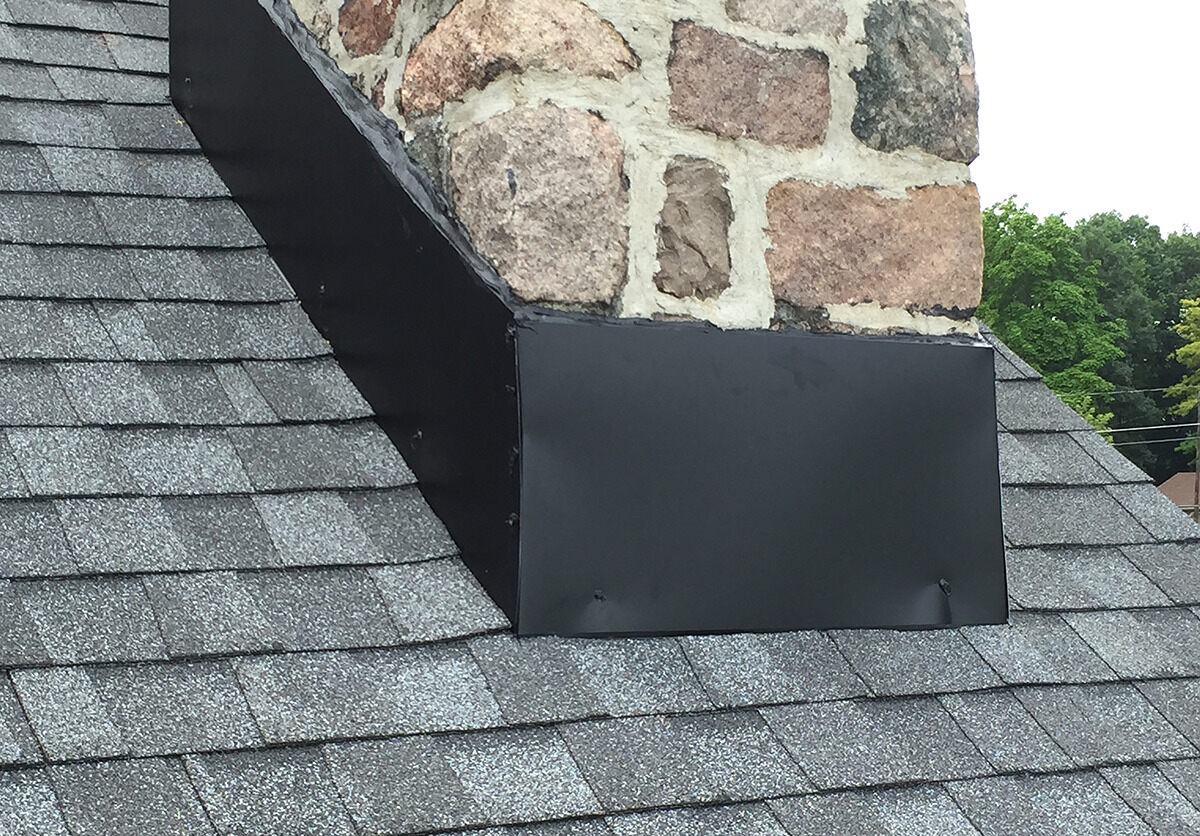

Articles
What Is Flashing On A Chimney
Modified: January 6, 2024
Discover everything you need to know about chimney flashing in this informative article. From types to installation, we cover it all!
(Many of the links in this article redirect to a specific reviewed product. Your purchase of these products through affiliate links helps to generate commission for Storables.com, at no extra cost. Learn more)
Introduction
When you gaze at a classic stone chimney perched atop a cozy cottage or a majestic brick chimney towering over a grand fireplace, you may be unaware of the essential component that keeps it protected from the elements: flashing.
Flashing is a critical element in the construction of a chimney, preventing water from seeping into the joints and causing costly damage. In this article, we will explore the definition of flashing, its purpose, the various types of flashing materials used, and its significance in safeguarding chimneys.
Additionally, we will delve into some common problems that can arise with flashing on a chimney, and why proper maintenance is crucial to its long-term functionality. So, let’s dive into the fascinating world of flashing and discover why it is an indispensable part of chimney construction.
Key Takeaways:
- Properly installed flashing is essential for protecting chimneys from water damage, preventing interior leaks, and preserving the structural integrity of the home. Regular maintenance is crucial for ensuring its long-term effectiveness.
- Flashing materials such as copper, lead, and rubberized membrane offer unique benefits for chimney protection. Choosing the right material and conducting regular maintenance can extend the lifespan of the chimney and enhance the value of the home.
Read more: How To Install Chimney Flashing
Definition of Flashing
Flashing refers to thin, weather-resistant materials installed around the base of a chimney where it meets the roof, as well as at other vulnerable areas like intersections and joints. Its primary purpose is to create a watertight seal to prevent water penetration, thus protecting the structure from moisture-related damage.
Flashing is typically made of durable materials such as sheet metal, aluminum, copper, or lead. These materials are chosen for their ability to withstand the elements and provide a robust barrier against water intrusion.
The installation of flashing requires careful attention to detail and precision. It involves custom-fabricating the flashing to fit the specific dimensions of the chimney and roof. Proper installation ensures that the flashing forms a secure seal around the chimney, effectively diverting water away from vulnerable areas.
Without flashing, water can easily seep into the gaps around the chimney, leading to moisture damage, such as rotting wood, water stains on interior walls, and even structural compromise. By using flashing, homeowners can prevent these issues and extend the lifespan of their chimneys.
In addition to its primary function of preventing water intrusion, flashing also plays a role in promoting proper airflow. It helps to ventilate the chimney, allowing smoke and gases to exit while keeping rain, snow, and animals out. This ventilation is crucial for maintaining a safe and efficient chimney system.
Purpose of Flashing
The primary purpose of flashing is to protect a chimney and its surrounding structures from water damage. Chimneys are particularly vulnerable to water intrusion due to their vertical position on the roof and the various joints and intersections present in their construction.
Flashing acts as a barrier against rain, snow, and other forms of moisture, preventing them from seeping into the gaps and causing harm. It serves as a crucial line of defense, ensuring that water does not penetrate the chimney and compromise its structural integrity.
By creating a watertight seal around the base of the chimney, flashing directs water away from the vulnerable areas and channels it safely down the roof. This prevents water from entering the chimney itself, as well as the surrounding walls and ceilings of the home.
Furthermore, flashing helps to prevent leaks and water stains on interior walls and ceilings. Without proper flashing, water can easily find its way into the home, leading to unsightly and potentially costly damage.
Another important purpose of flashing is to deter the formation of ice dams. Ice dams occur when snow on the roof melts and then refreezes near the eaves, creating a barrier that prevents proper drainage. By providing a solid barrier between the chimney and the roof, flashing helps to minimize the risk of ice dams forming in the vicinity of the chimney.
Additionally, flashing contributes to the overall longevity and durability of a chimney system. By preventing water damage, the lifespan of the chimney is greatly extended, reducing the need for costly repairs or replacement.
Overall, the purpose of flashing is to ensure the protection and integrity of the chimney, as well as the surrounding structures, by creating a barrier against water intrusion. It plays a vital role in maintaining the structural integrity of the chimney and preventing potential issues that can arise from water damage.
Types of Flashing Materials
Various materials can be used for chimney flashing, each with its own unique properties and benefits. The choice of flashing material depends on factors such as budget, climate, and aesthetic preferences. Let’s explore some common types of flashing materials:
1. Sheet Metal: Sheet metal flashings, such as aluminum or galvanized steel, are widely used due to their affordability and durability. They can be easily shaped and molded to fit the contours of the chimney. Sheet metal flashings are particularly effective in areas with moderate climate conditions.
2. Copper: Copper flashings are known for their longevity and resistance to corrosion. They offer an attractive, rustic appearance that can enhance the overall aesthetic of a chimney. While copper flashings are more expensive than other materials, their durability and ability to withstand extreme weather conditions make them a popular choice.
3. Lead: Lead flashings have been used for centuries and are highly regarded for their malleability and long lifespan. They can be easily molded to fit complex chimney shapes and offer excellent waterproofing capabilities. However, it’s important to note that recently, there have been concerns related to the environmental impact of lead, and alternative materials may be favored for that reason.
4. Rubberized Membrane: Rubberized membrane flashings, often made of EPDM or polyvinyl chloride (PVC), offer flexibility and ease of installation. They are typically applied in a self-adhesive or heat-welded manner, creating a durable and watertight seal. Rubberized membrane flashings are commonly used in flat or low-slope roof applications.
5. Combination Flashing: In some cases, a combination of materials may be used for chimney flashing. For instance, a base layer of rubberized membrane flashing may be applied, followed by a layer of sheet metal flashing for added protection and durability.
It’s essential to choose a flashing material that is suitable for the specific climate conditions in your area and complements the overall design of your home. Consulting with a professional chimney technician can help ensure that you select the best material for your chimney’s flashing needs.
It’s important to regularly inspect and maintain the flashing on your chimney to prevent water leaks and damage. Look for any signs of rust, corrosion, or gaps in the flashing, and repair or replace as needed to ensure proper protection.
Significance of Flashing on a Chimney
Flashing plays a crucial role in protecting chimneys from water damage and ensuring their longevity. Let’s explore the significance of flashing on a chimney:
1. Water Protection: The primary purpose of flashing is to create a watertight seal around the base of the chimney, preventing water from entering and damaging the structure. Without proper flashing, water can seep into the joints and gaps around the chimney, leading to rotting wood, mold growth, and even structural instability.
2. Prevents Interior Water Damage: By effectively diverting water away from the chimney and its surrounding structures, flashing helps to prevent leaks and water stains on interior walls and ceilings. This not only protects the aesthetics of the home but also prevents potential damage to electrical systems and personal belongings.
3. Minimizes Ice Dam Formation: Flashing helps to deter the formation of ice dams, which can occur when snow on the roof melts and refreezes near the chimney. Ice dams can cause water to back up and potentially penetrate the roof, leading to water damage. Properly installed flashing directs water away from the vulnerable areas, reducing the risk of ice dam formation near the chimney.
4. Enhances Energy Efficiency: Well-installed and maintained flashing can contribute to energy efficiency in the home. By sealing gaps and preventing drafts around the chimney, flashing helps to maintain a consistent temperature indoors, reducing the workload on heating and cooling systems.
5. Longevity of Chimney: Flashing plays a vital role in extending the lifespan of a chimney. By effectively protecting the structure from water damage, flashing prevents premature deterioration and the need for costly repairs or chimney rebuilds.
6. Preserves Home Value: A well-maintained chimney with proper flashing adds value to a home. Potential buyers are often wary of chimneys with water damage, as it may indicate larger structural issues. Proper flashing shows that the chimney has been well taken care of and will continue to protect the home in the future.
Overall, the significance of flashing on a chimney cannot be overstated. It safeguards the structure from water damage, prevents interior leaks, minimizes ice dam formation, enhances energy efficiency, extends the chimney’s lifespan, and preserves the value of the home. Regular inspection and maintenance of flashing are crucial to ensure its continued effectiveness in protecting the chimney and the overall integrity of the structure.
Read more: How To Flash Around A Chimney
Common Problems with Flashing on a Chimney
While flashing is an essential component of chimney construction, it is not immune to issues that can arise over time. Understanding the common problems associated with flashing can help homeowners identify and address them promptly. Let’s explore some of the most common problems with flashing on a chimney:
1. Corrosion: Depending on the material used for flashing, corrosion can occur over time, particularly in areas with high levels of moisture or exposure to salt. Corrosion weakens the flashing, compromising its ability to provide a watertight seal.
2. Improper Installation: Flashing must be installed correctly to ensure its effectiveness. Improper installation can result in gaps, overlaps, or insecure attachment, allowing water to penetrate the chimney. Inadequate or faulty sealing around the flashing can also lead to water intrusion.
3. Shifting or Settling: Over time, a chimney may shift or settle due to factors such as soil movement or structural issues. This movement can cause the flashing to become misaligned or damaged, creating gaps where water can enter.
4. Cracks or Breaks: Harsh weather conditions, extreme temperature fluctuations, or physical impact can cause flashing to crack or break. Even a small crack or break can allow water to seep into the chimney, leading to further damage.
5. Loose or Missing Flashing: High winds or poor installation can cause flashing to become loose or even detach from the chimney. Missing flashing leaves the vulnerable areas exposed to water, greatly increasing the risk of water damage.
6. Aging and Deterioration: Flashing, like any other building material, will naturally deteriorate over time. Exposure to the elements, UV radiation, and temperature changes can weaken the flashing, reducing its effectiveness in preventing water intrusion.
7. Improper Flashing Size or Design: If the flashing does not properly fit the dimensions of the chimney or if the design is flawed, it may not form a sufficient seal. This can allow water to penetrate the chimney, leading to water damage.
8. Lack of Maintenance: Neglecting regular inspection and maintenance of flashing can lead to undetected issues and further damage. It’s essential to check for signs of wear and tear, address any problems promptly, and ensure proper maintenance to keep the flashing in optimal condition.
Regardless of the specific problem, it is essential to address flashing issues as soon as they are noticed. Repairing or replacing flashing promptly can prevent further damage to the chimney and save homeowners from costly repairs in the long run.
Importance of Flashing Maintenance
Maintaining the flashing on a chimney is crucial for ensuring its long-term functionality and protecting the chimney and surrounding structures from water damage. Here are some key reasons why regular flashing maintenance is important:
1. Prevents Water Intrusion: The primary purpose of flashing is to prevent water from entering the chimney and causing damage. By conducting regular maintenance, you can identify any signs of wear, gaps, or damage in the flashing and address them promptly. This helps to ensure that the flashing remains effective in keeping water out.
2. Extends Lifespan of Chimney: Proper maintenance of flashing can greatly extend the lifespan of a chimney. By addressing small issues early on, you can prevent them from escalating into larger and costlier problems. Regular inspections and maintenance can help to identify and fix any flashing issues before they cause significant damage to the chimney or surrounding structures.
3. Preserves Structural Integrity: Water damage can compromise the structural integrity of a chimney and the adjacent walls and ceilings. By maintaining the flashing, you can prevent water from seeping into these areas, minimizing the risk of rot, mold growth, and structural weakening. Preserving the structural integrity of the chimney is essential for the overall stability and safety of the home.
4. Prevents Interior Damage: Faulty flashing can allow water to enter the home, leading to interior leaks, water stains, and damage to walls, ceilings, and even personal belongings. Regular flashing maintenance helps to ensure that water is properly diverted away from vulnerable areas, protecting the interior of the home and preventing costly repairs.
5. Minimizes Fire Hazards: In addition to preventing water intrusion, flashing also helps to ensure proper ventilation of the chimney. Properly maintained flashing allows smoke, gases, and heat to safely exit the chimney, reducing the risk of fire hazards within the home. Neglecting flashing maintenance can hinder proper ventilation and pose a fire risk.
6. Prevents Energy Loss: Damaged or poorly maintained flashing can lead to drafts and air leaks around the chimney, resulting in energy loss and increased heating or cooling costs. By maintaining the flashing, you can ensure a tight seal and optimize energy efficiency in the home.
7. Preserves Home Value: A well-maintained chimney with properly maintained flashing adds value to a home. Potential buyers are often wary of chimneys with water damage, as it may signify larger structural issues. Regular flashing maintenance shows that the chimney has been well cared for, preserving its value and increasing the desirability of the home.
Regular inspection and maintenance of flashing, including checking for signs of wear, repairing any damage, and ensuring a proper seal, are essential for preserving the functionality, longevity, and integrity of a chimney. It is recommended to have a professional chimney technician conduct regular inspections and address any flashing maintenance needs to ensure the utmost effectiveness and protection.
Conclusion
Flashing is a critical component of chimney construction, playing a vital role in protecting the chimney and surrounding structures from water damage. By creating a watertight seal and directing water away from vulnerable areas, flashing ensures the longevity and functionality of the chimney system.
Throughout this article, we have explored the definition of flashing, its purpose, the different types of materials used, as well as the significance of proper flashing on a chimney. We have also discussed common problems that can arise with flashing and the importance of regular maintenance to address these issues promptly and prevent further damage.
From corrosion and improper installation to shifting, cracking, and aging, flashing can experience various challenges over time. However, with proper maintenance and timely repairs, these issues can be mitigated, ensuring the flashing remains effective in protecting the chimney and preventing water intrusion.
Maintaining the structural integrity of a chimney is essential not only for the chimney’s functionality but also for the overall safety and value of the home. Regular flashing maintenance helps to prevent interior water damage, minimize fire hazards, and optimize energy efficiency, as well as preserving the aesthetic appeal and value of the property.
Whether it’s conducting routine inspections, addressing small issues promptly, or seeking the assistance of a professional chimney technician, taking proactive steps in maintaining the flashing will go a long way in ensuring the longevity and continued protection of the chimney system.
In conclusion, flashing is a vital element in chimney construction, providing protection against water damage while preserving the structural integrity and value of the home. By understanding its importance and investing in regular maintenance, homeowners can maintain a secure and functional chimney for years to come.
Frequently Asked Questions about What Is Flashing On A Chimney
Was this page helpful?
At Storables.com, we guarantee accurate and reliable information. Our content, validated by Expert Board Contributors, is crafted following stringent Editorial Policies. We're committed to providing you with well-researched, expert-backed insights for all your informational needs.
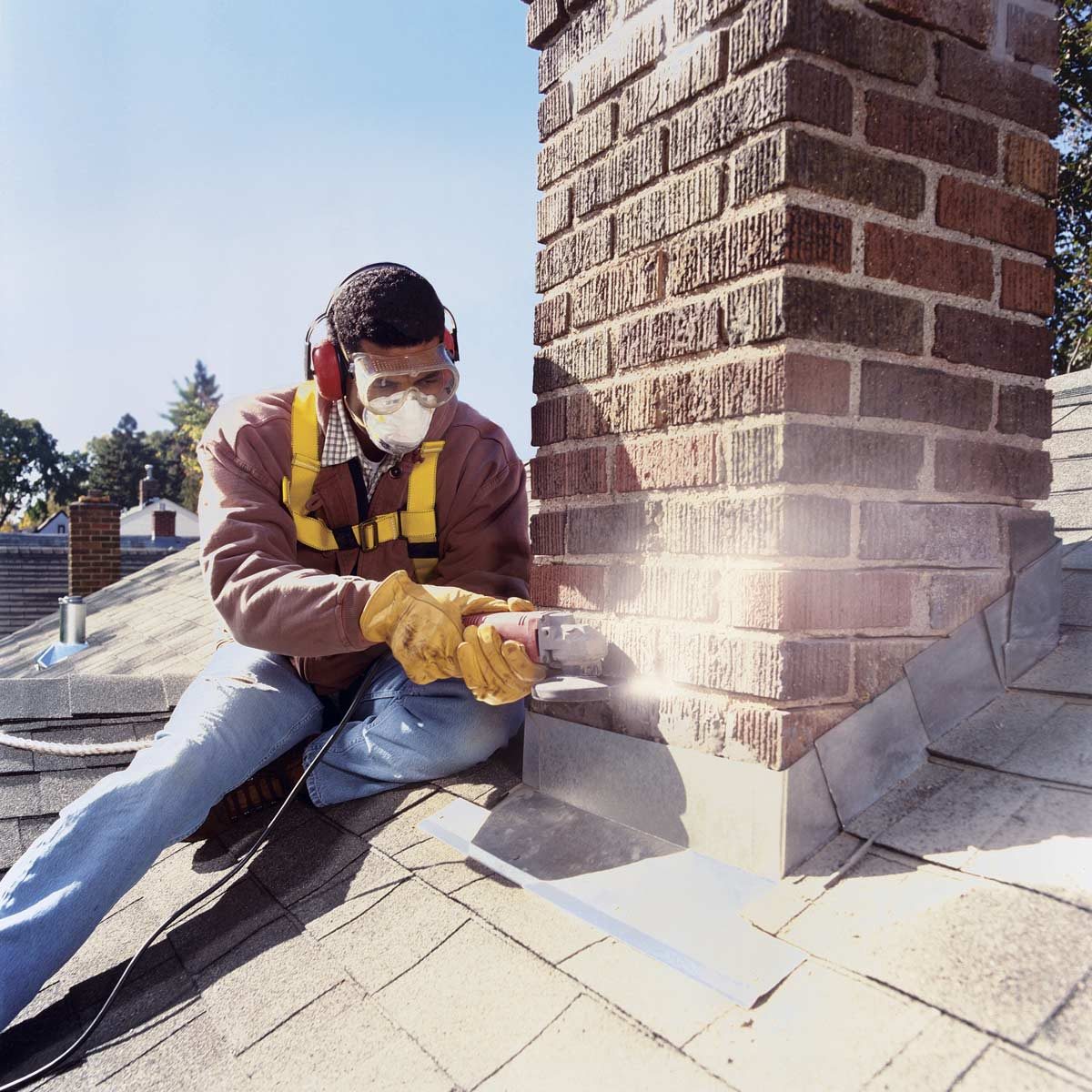
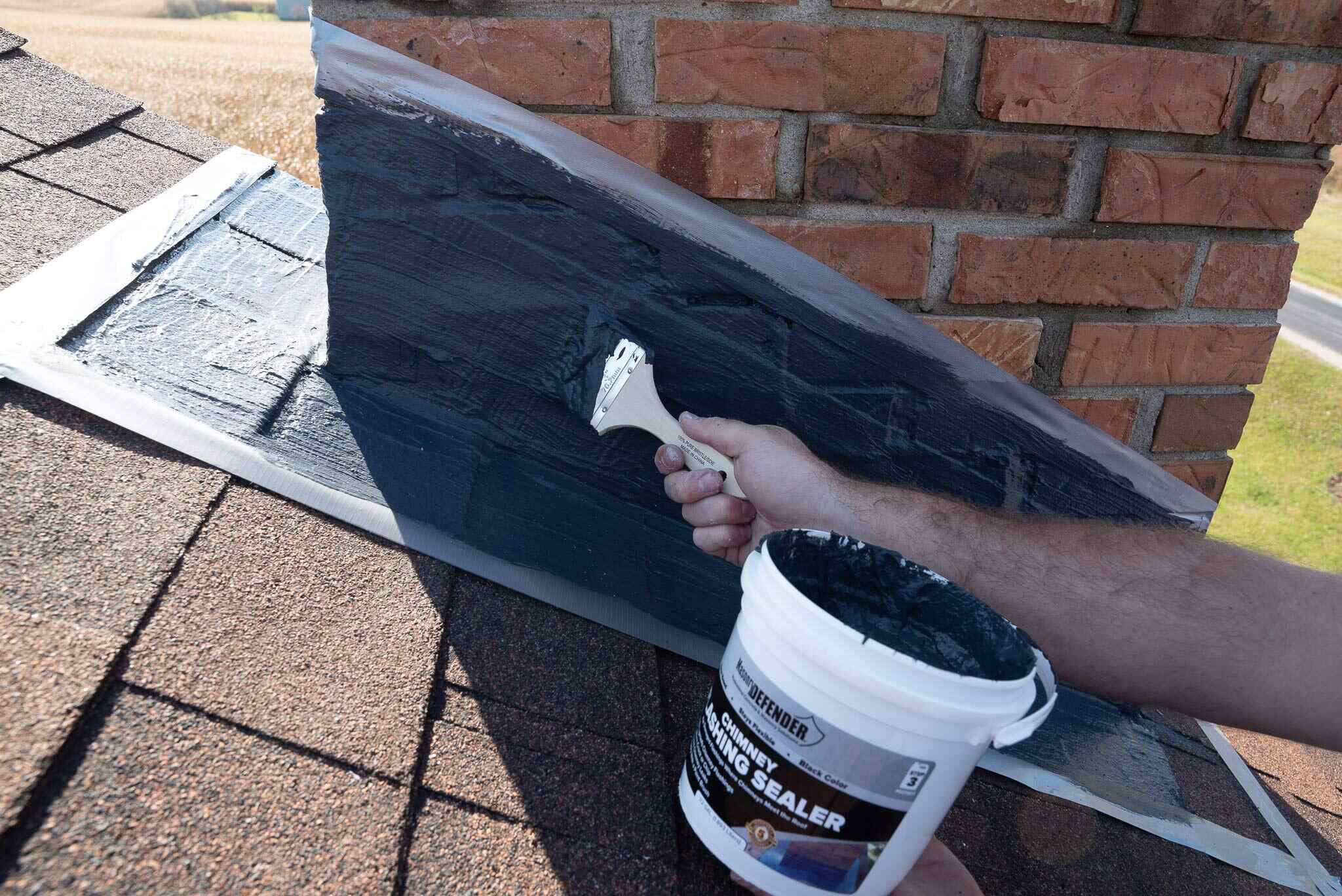
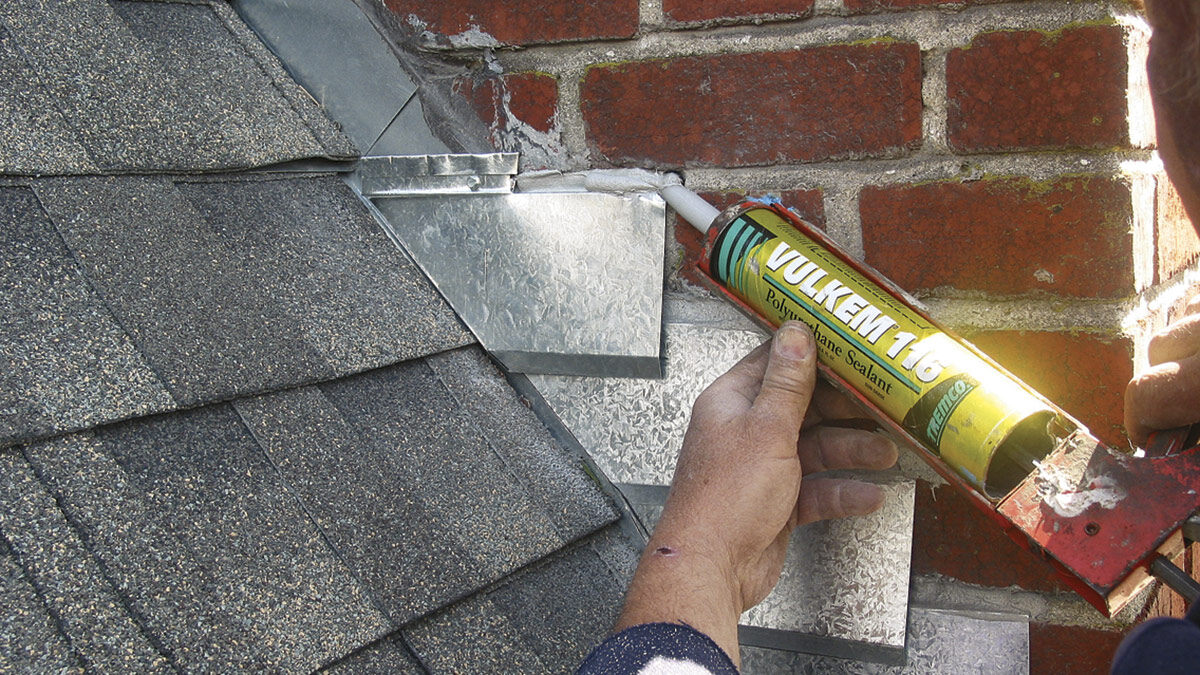
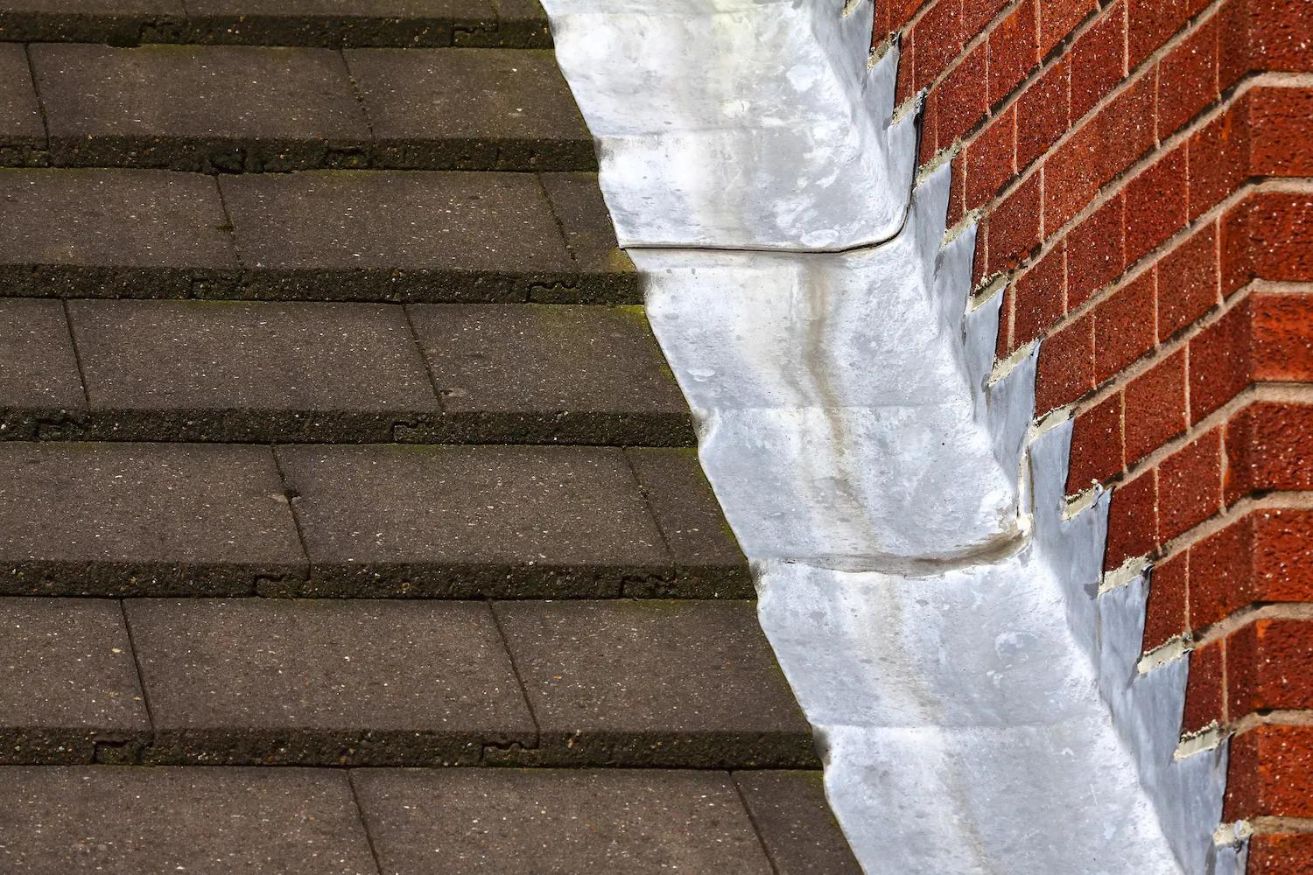

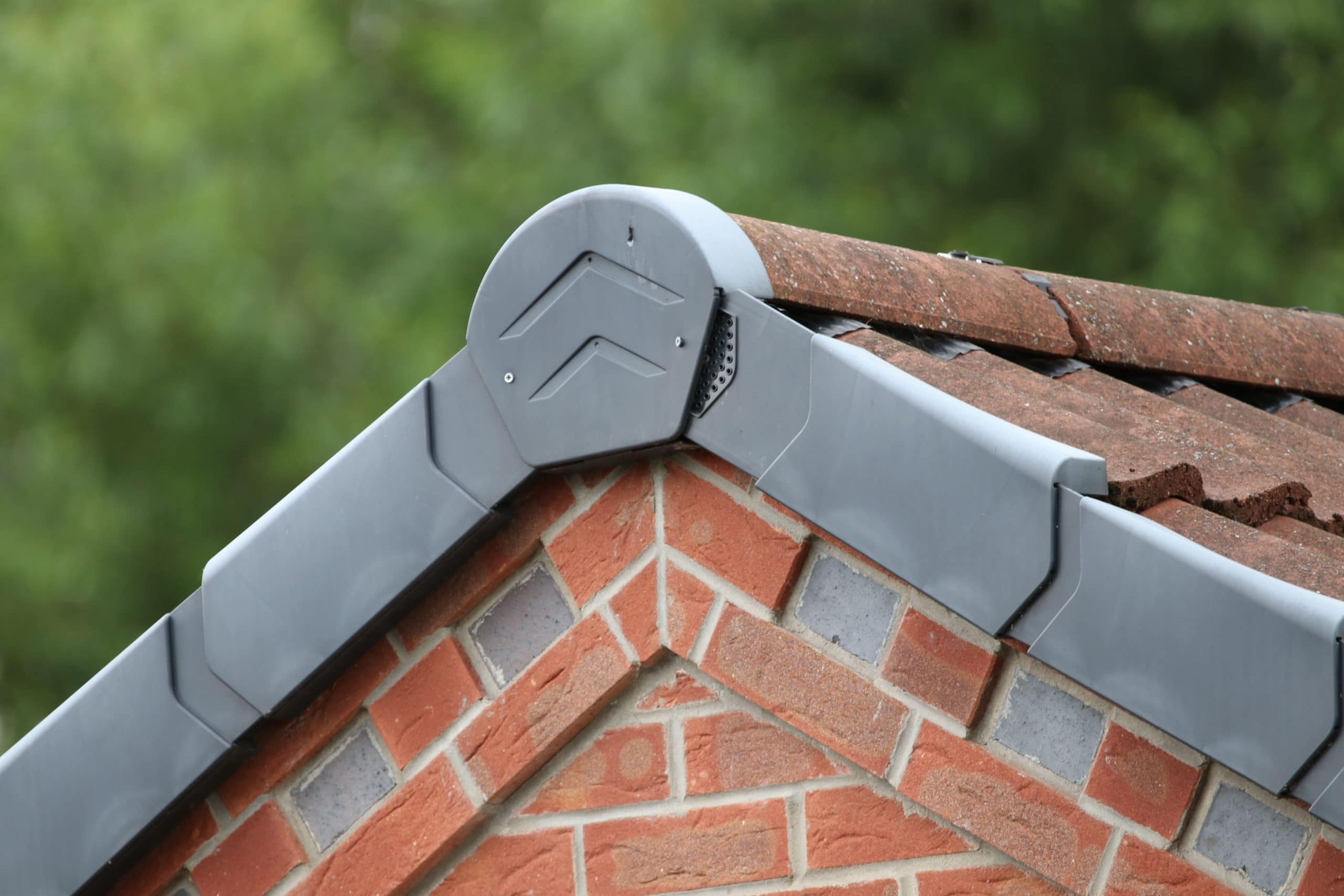


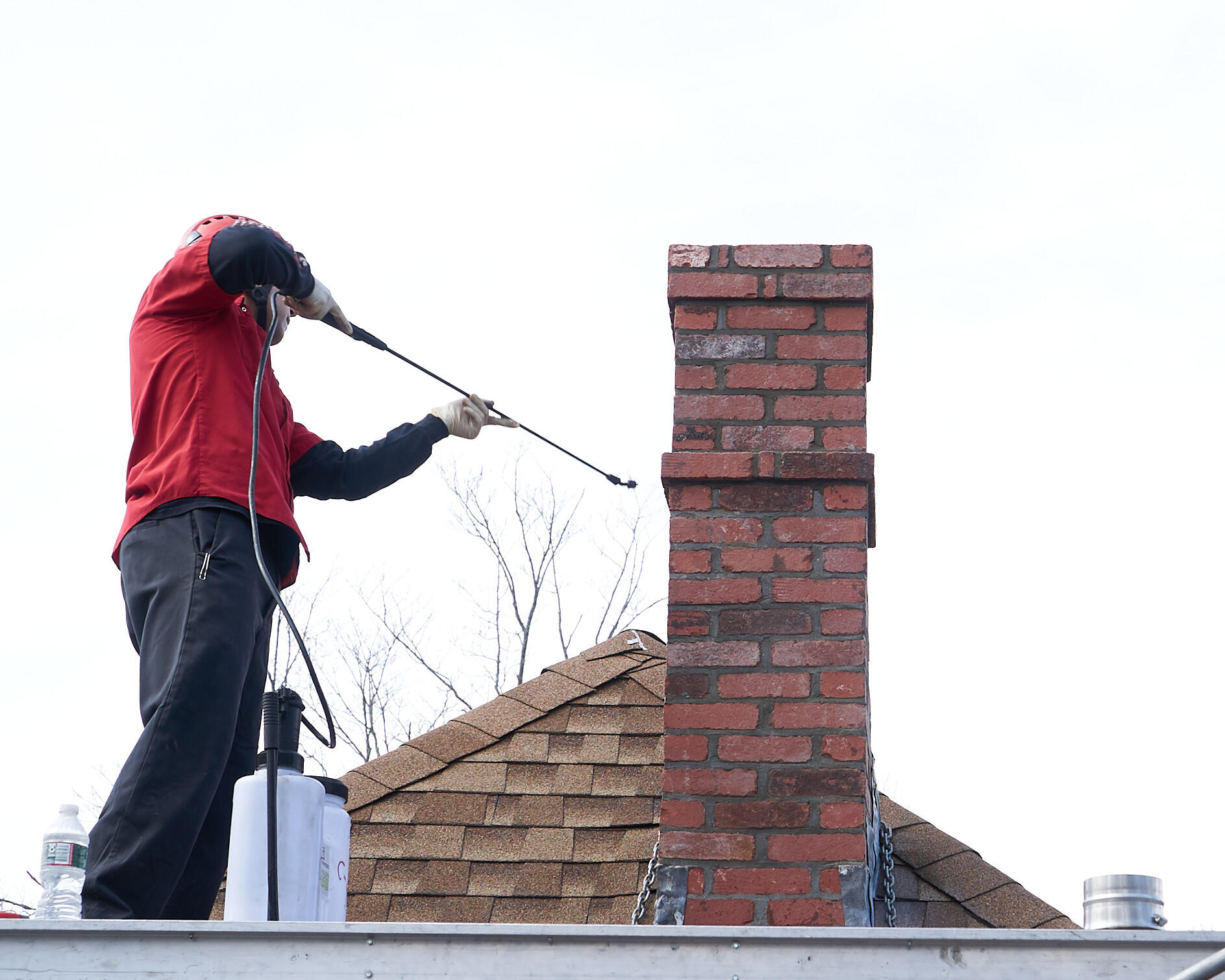
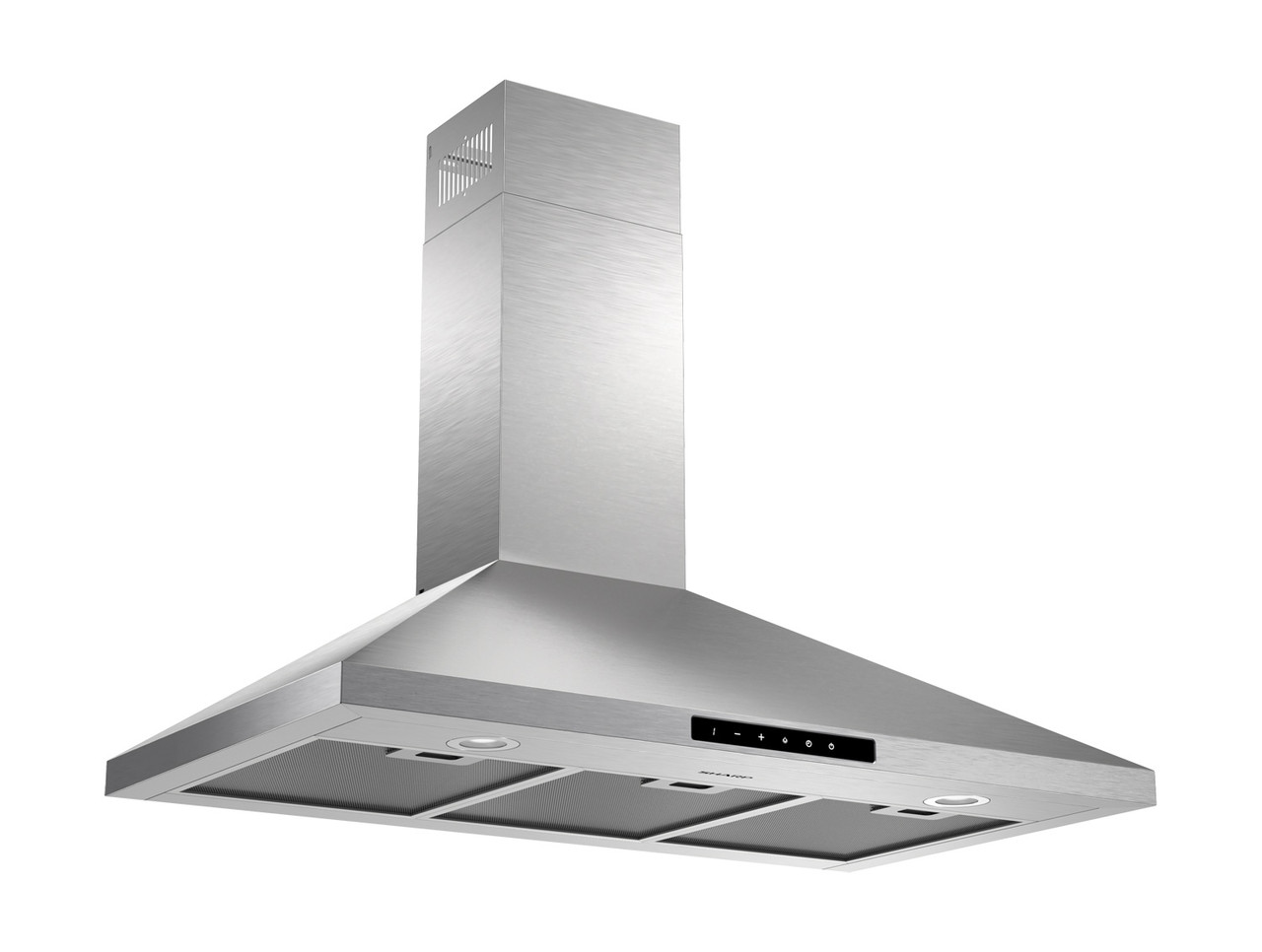
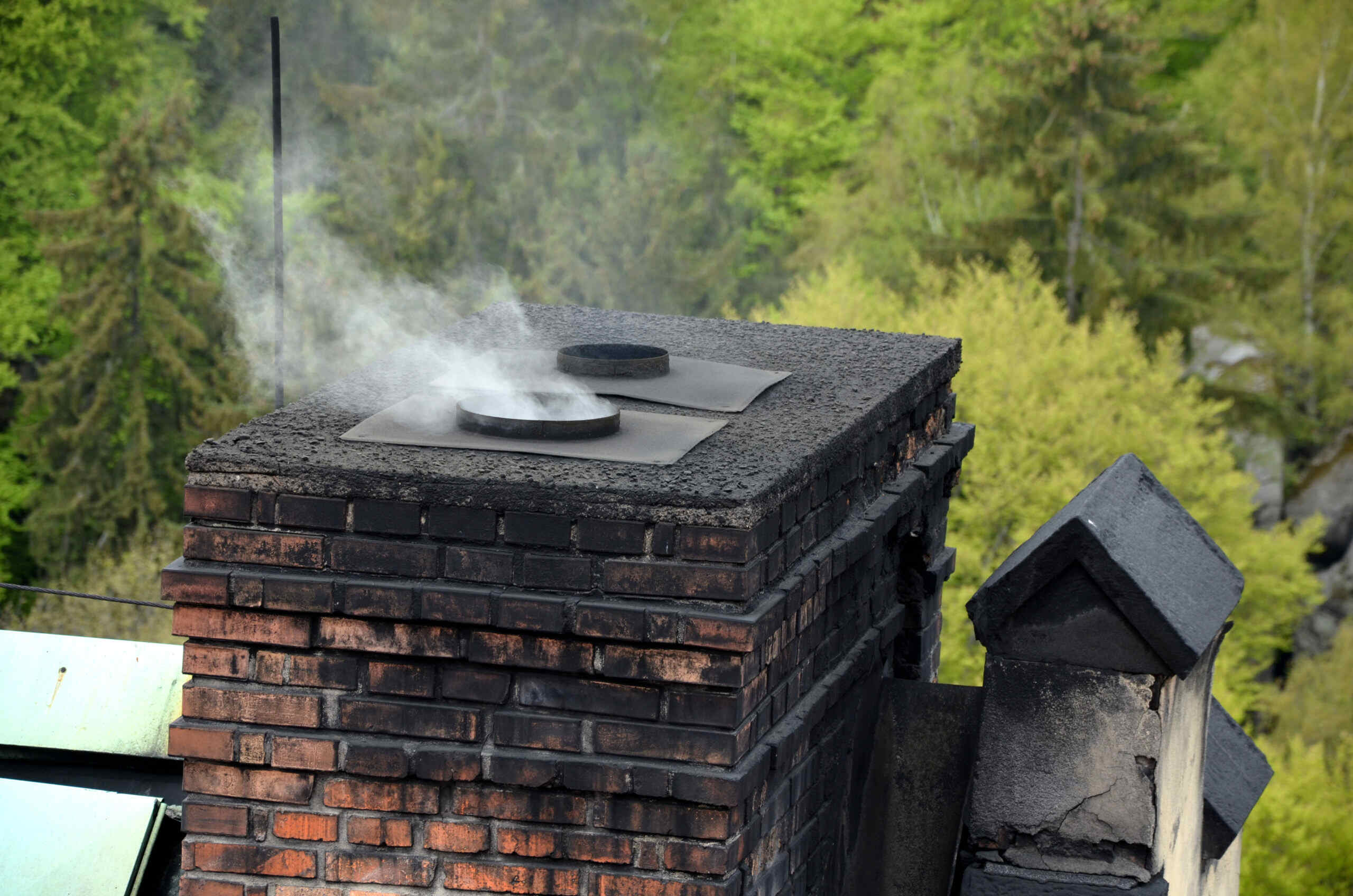
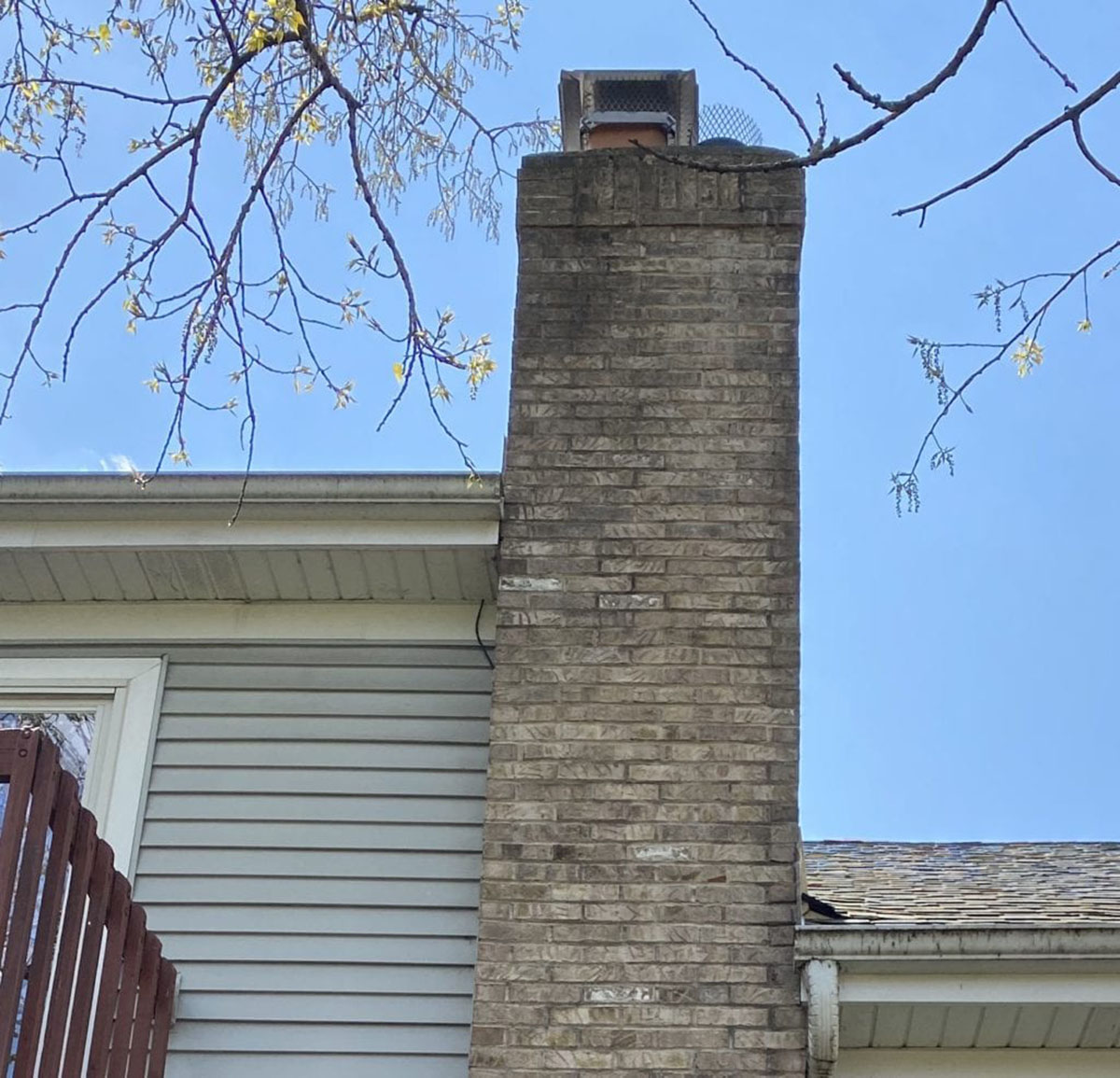
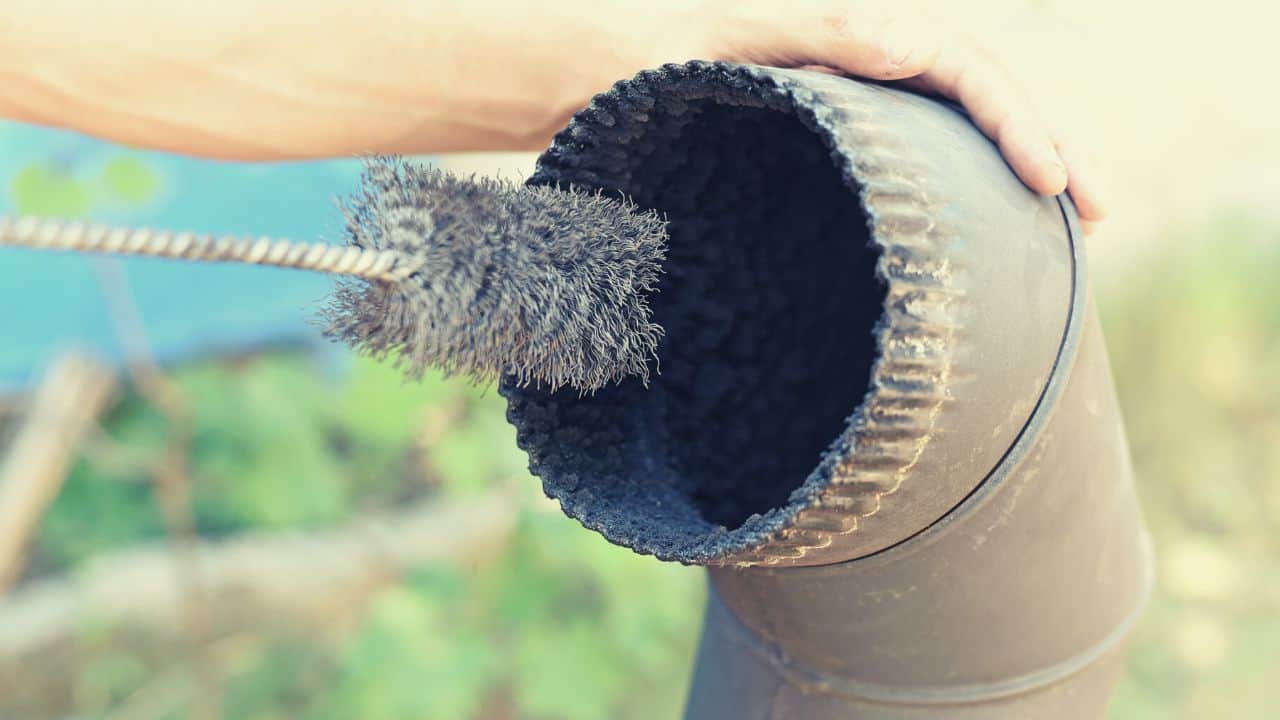
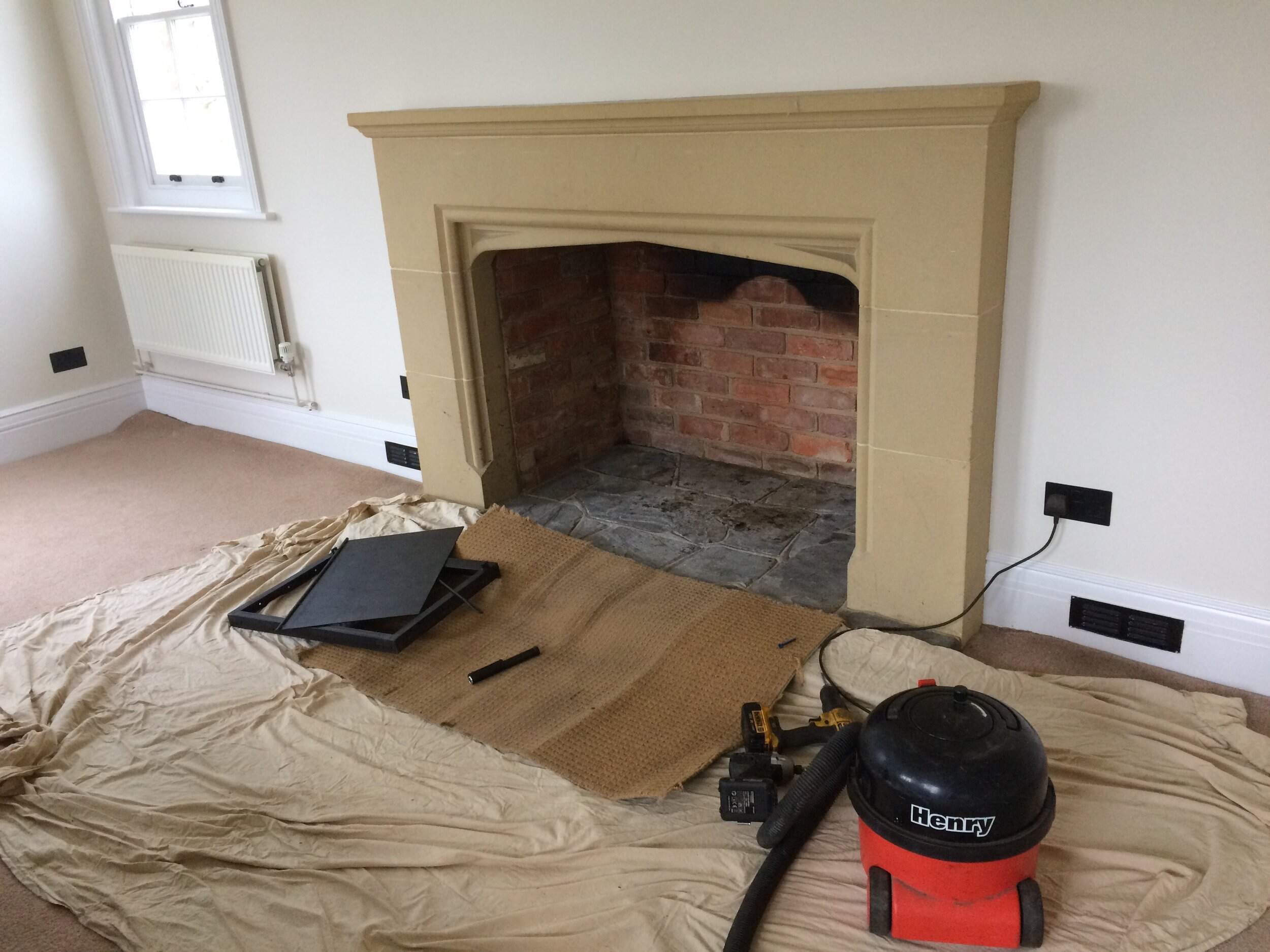

0 thoughts on “What Is Flashing On A Chimney”